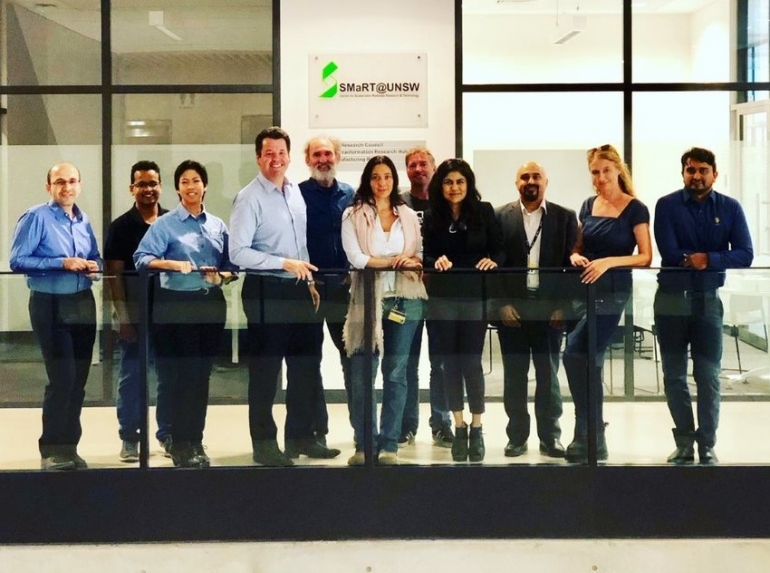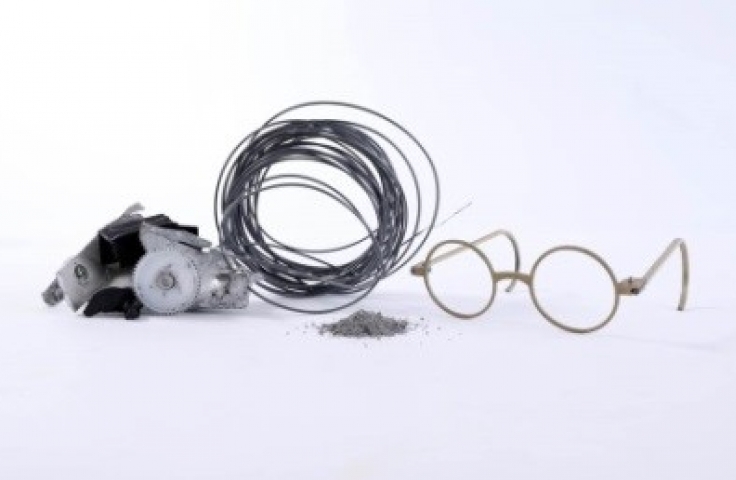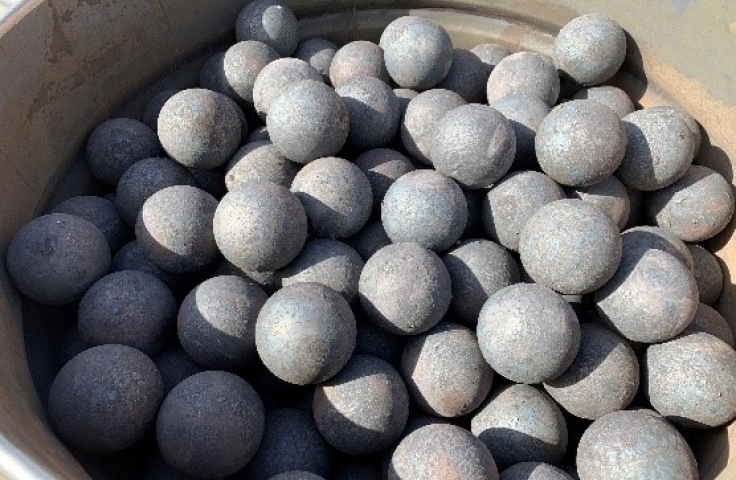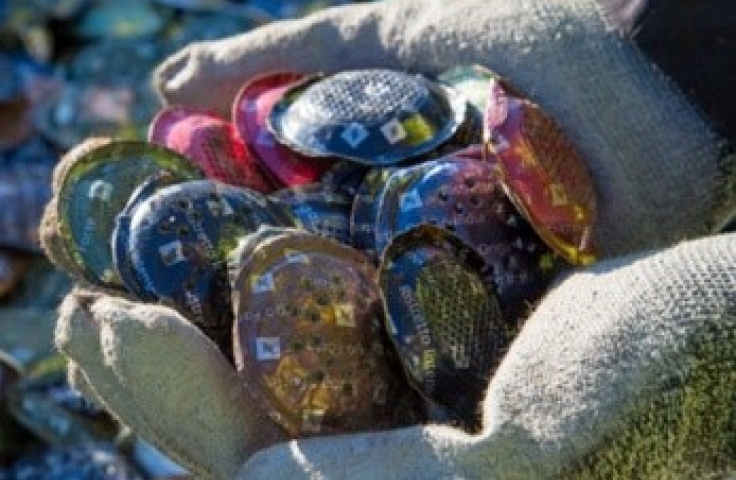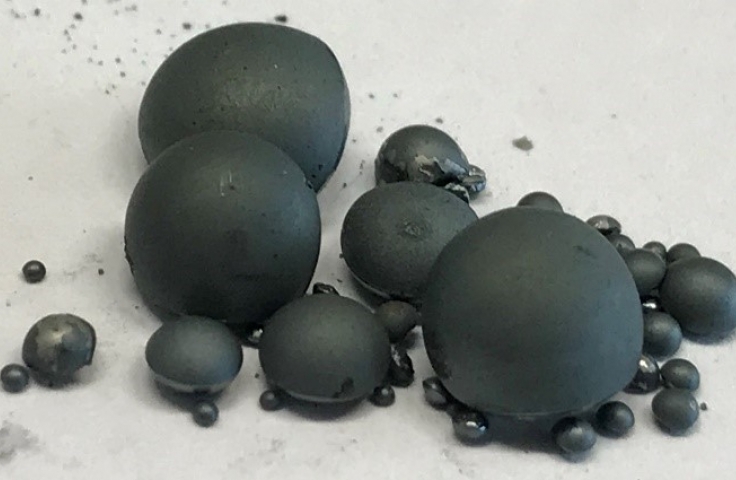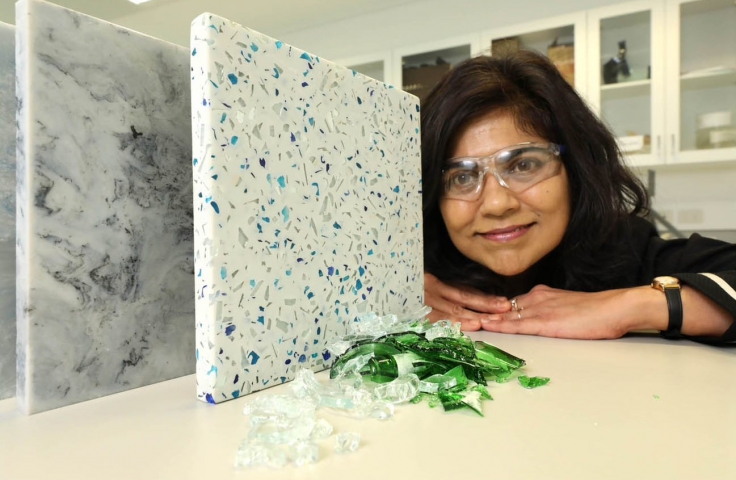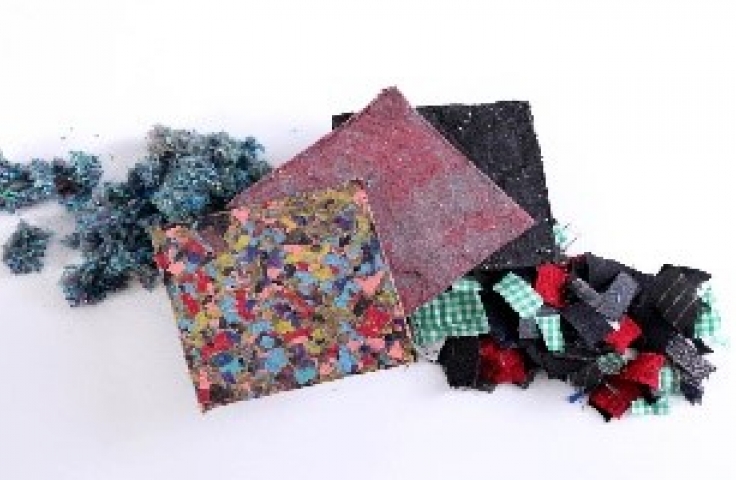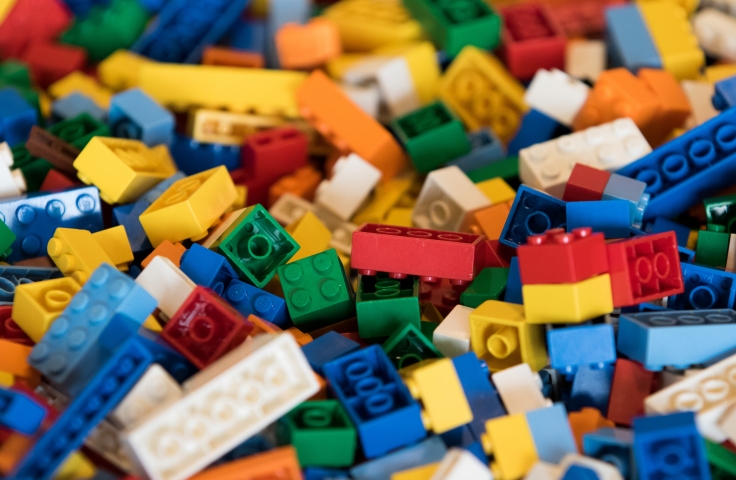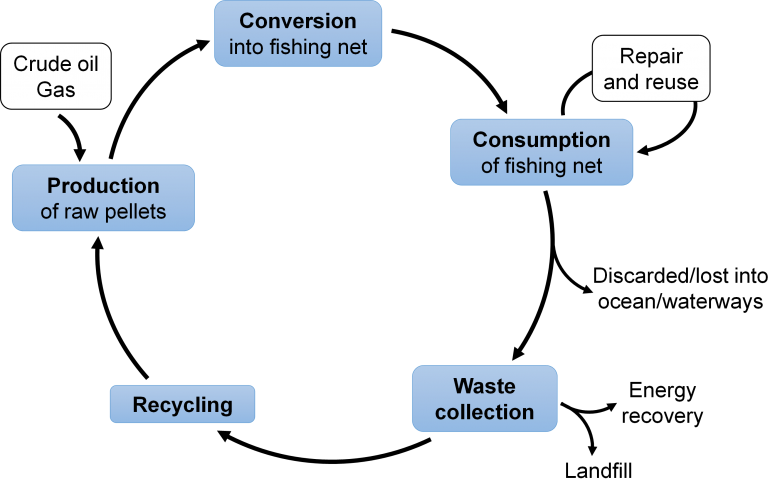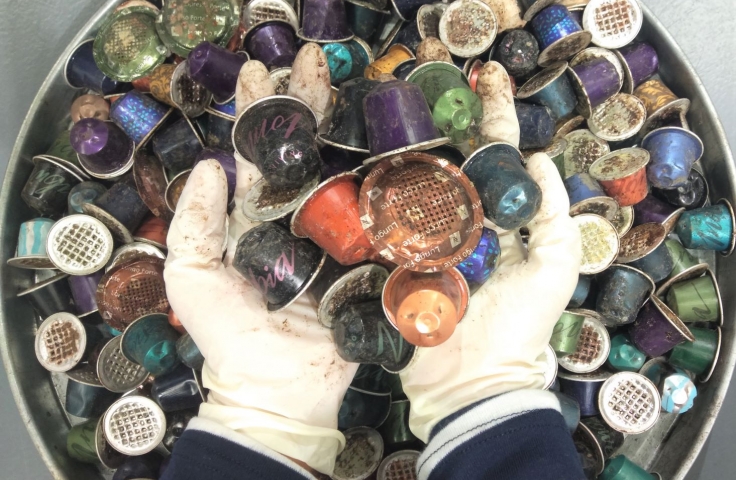This initiative focused on two projects.
1. Direct transformation of waste children’s toys to high quality products
using 3D printing
Due to the limitations that impede traditional recycling technologies, only a small percentage of waste plastic are currently recycled. Most recycling processes create products that are poor in terms of performance and value.
To produce high-quality products from plastic waste, thus bringing back these valuable materials into the economy after their end-of-life, it is important to know the change in polymer properties during cyclic reprocessing. During this project, investigations were conducted to create a profound understanding of the effects of cyclic reprocessing on the properties of nylon.
First, the flow behaviour of molten nylon in injection mould was studied. Then, optimised processing conditions were established by investigating the tensile and impact strength of moulded products. Finally, the influence of cyclic reprocessing on the material was assessed through tensile test, impact test, thermal analysis, X-ray diffractometry (XRD) and Fourier transform infrared (FTIR) spectroscopy.
The results indicate that nylon can be recycled at least four times without drastically changing its properties. A slight decrease in the tensile strength, impact strength, glass transition temperature and percentage crystallinity were observed as the number of reprocessing cycles increases. Together, the various elements of this research could be helpful in developing more effective and efficient recycling processes for plastic waste.
Research paper
Nur-A-Tomal, Md. S., Pahlevani, F., Sahajwalla, V., 2020, Direct transformation of waste children's toys to high quality products using 3D printing: a waste‐to‐wealth and sustainable approach, Journal of Cleaner Production, 267, 122188. doi: 10.1016/j.jclepro.2020.122188
2. Sustainable solution to waste fishing net pollution
Waste polymeric fishing nets create wide-ranging issues for the environment and marine ecosystems. These nets are one of the biggest sources of water pollution, and are deadly for marine life, leading to suffocation. To mitigate these issues, it is crucial to introduce an economically viable process for reforming these waste nets and bringing them back into the economy as a value-added material, thus facilitating its collection and recycling.
The project demonstrated an economically viable process for recycling waste fishing nets into high quality plastic products while maintaining the material's original properties and colour. In addition to re-introducing this valuable material to the economy, the project quantified the reduction in CO2 emissions through this process. Our unique process has the potential to reduce environmental pollution as well as to produce valuable commercial products from 100% waste fishing net which will enable us to use waste as input in manufacturing processes.
Plastic fibres such as nylon and high-density polyethylene (HDPE), which is the cheaper option compared to nylon, are being commonly used for making fishing net instead of natural fibres owing to their excellent properties. After the use of fishing nets for several years, these nets are no longer suitable for fishing and are therefore deemed as waste. This project demonstrates it is viable to harness these waste materials so they can become valuable materials again.
Research paper
Nur-A-Tomal, Md. S., Pahlevani, F., Handoko, W., Cholake, S.T., Sahajwalla, V., 2020, Effect of cyclic reprocessing on nylon 12 under injection moulding: working towards more efficient recycling of plastic waste, Materials Today Sustainability
